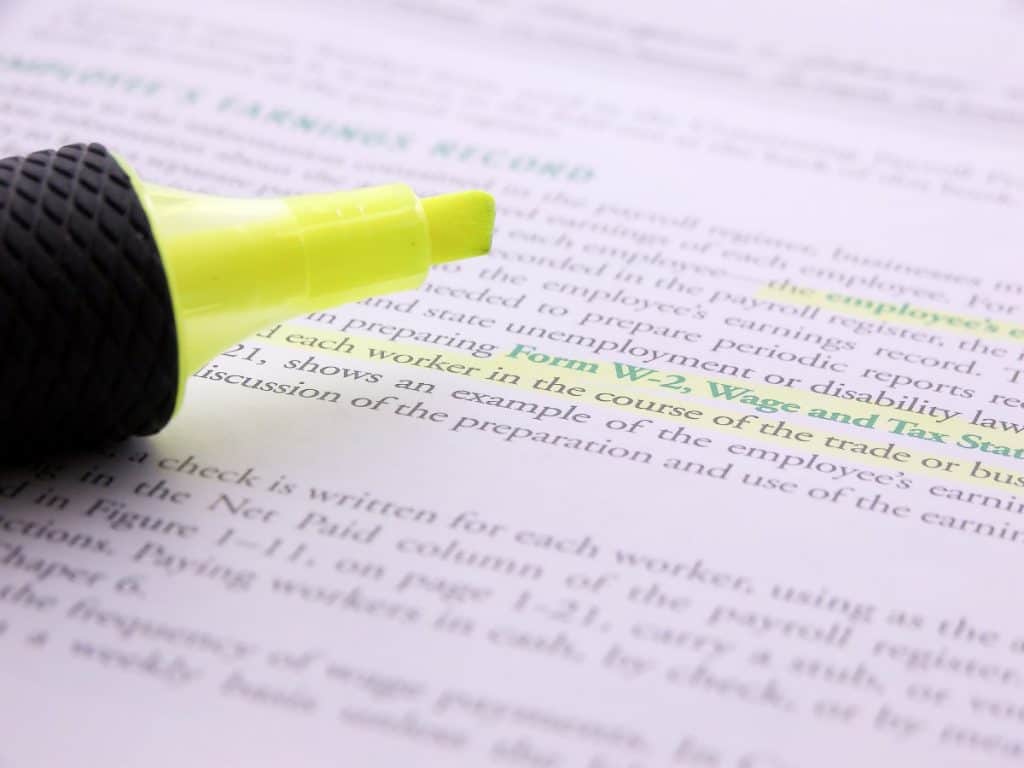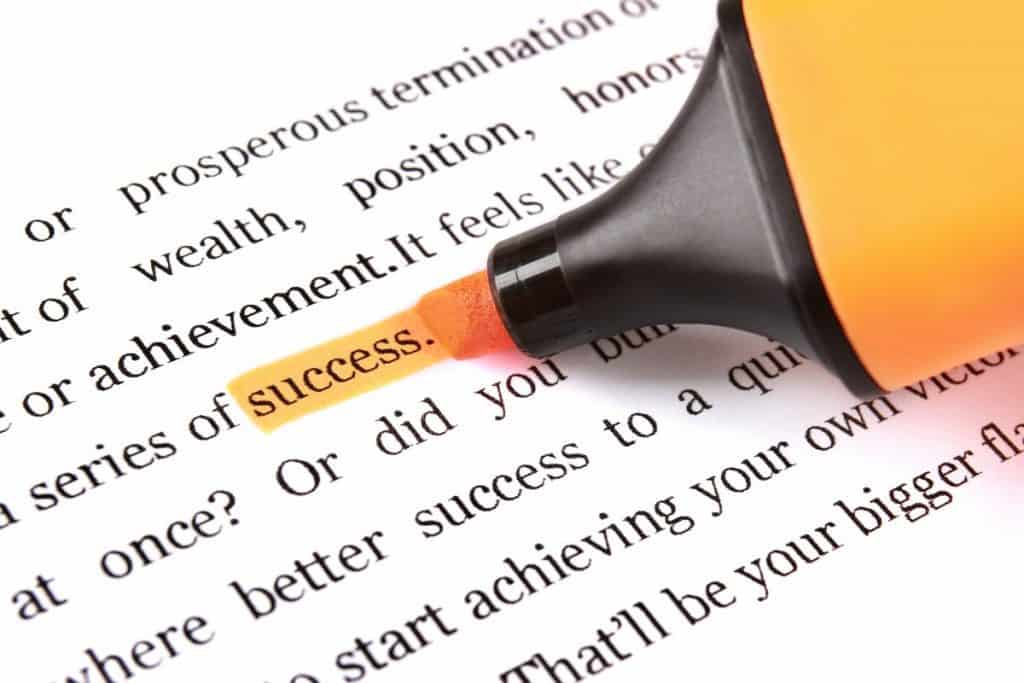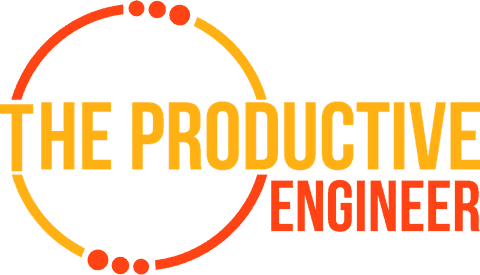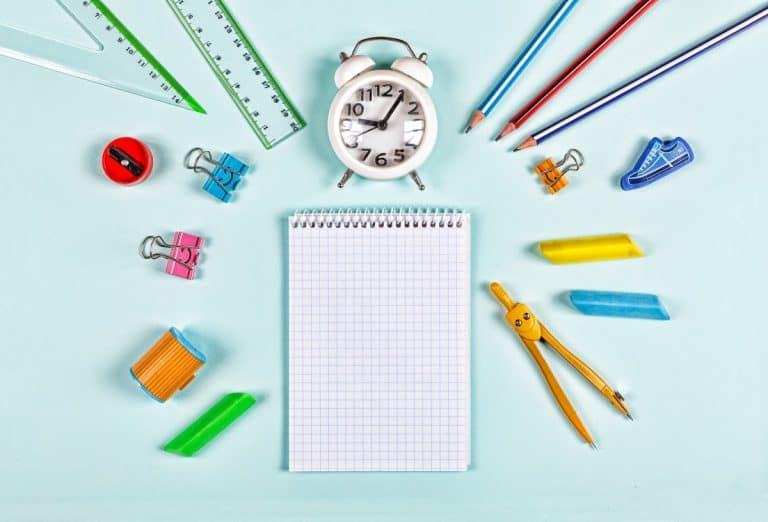Is Highlighting an Effective Study Strategy? The Answer is…

If you have spent any time studying in your life, you likely have used your trusty highlighted to highlight the key concepts and ideas in a textbook. However, is using a highlighter worth it? Does it provide much value to you in terms of actually learning the content?
Based on the studies done on the effectiveness of using highlighting as a study strategy, the general consensus is that highlighting on its own is not an effective study strategy.
You may be thinking to yourself, why not? Doesn’t highlighting the core concepts and important information in a text a good way to study? Well, not really based on the research on this topic.
If you are looking to learn more, you should check out SkillShare. SkillShare is an online learning site with courses on just about everything including how to study and prepare for exams. One of my favorite courses on SkillShare is the Productivity Masterclass by Thomas Frank. This course is really good at helping you to create a productivity system to help you get the things you need to get done completed consistently and efficiently.
For more information on SkillShare, please click the link below:
Looking for some study tips that can really accelerate your academic performance? Check out our article containing twenty-five critical study tips to improve your academic performance at the link below:
25 Amazing Study Tips to Improve Your Academic Performance – The Productive Engineer
If you are looking for the best study tools out there, you should read our article on the best study tools to enhance your studying at the link below:
The Ultimate Study Tools You Must Use to Succeed!
Why Isn’t Highlighting a Good Study Strategy?

The primary reason why highlighting text is generally a bad study technique is that is an essentially passive activity that discourages you from actively engaging with the text as a whole. What I mean by this is that it doesn’t take much thought to pull out a highlighter and highlight some text. Your brain isn’t really engaging with the text as a whole because you are simply looking for the key text to highlight. You aren’t actively engaging with what is being stated in the text.
In his book, Motivation and Learning Strategies for College Success, Myron H. Dumbo stated the following:
“Some students are not aware that the practice of underlining (highlighting) words or phrases in textbooks and simply re-reading are generally ineffective learning strategies, because they are relatively passive activities involving little thinking” (Source).

When you highlight text, you focus on that text at the expense of the unhighlighted text. In other words, you spend your time when you review the text looking at this highlighted text. But do you also review the unhighlighted text? You may be saying to yourself, “I want to focus on the highlighted text, that is the whole point of highlighting it in the first place!”. Well yes, that is true. But, many times, the concepts being taught are more intricate and involved that a single block of text you chose to highlight.
In the paper Highlighting Text as a Study Strategy: Beyond Attentional Focusing, it states it findings that highlighting provides a “small, though statistically non-significant, effect” (Source).
The concepts you are typically learning at are not simple facts but rather complicated, nuanced perspectives that require active mental engagement on your part in our to fully grasp. Highlighting text removes this contemplation of the text in its entirety by focusing you solely on the highlighted portions of the text rather than the text as a whole.

This is an important distinction. You really need to engage with the text and think about it deeply. A lot of times the core concept you need to learn is not explicitly written in the text. Rather, it comes from revelations and insights you think of when you contemplate what you are reading and relate it to other aspects of the things you learned in the class or text. Simply relying on the text you highlighted eliminates this process and, in turn, the uncovering of deep learnings from the text.
Does Highlighting Help At All?
There is a scenario where highlighting text can help and that is studying facts and formulas you need to simply memorize. In this scenario, highlighting the key fact or formula/equation can help. But, even in the case of math formulas and equations, true learning is happening when you are actually using the formula or equation.

In these cases, highlighting can be useful when used in conjunction with other studying techniques such as note-taking. Here is a list of strategies you can use along with highlighting to study from the Dunwoody College of Technology (Source):
- Write a summary statement or paragraph of the key ideas
- Use bullets to make a checklist of important ideas
- Make a self-test to test yourself on the content
- Recite the highlighted text in complete sentences. Expound on them with other insights
- Using highlighting to draw attention to the information in charts
- Review you highlighting regularly
It is important to note that the above tips are things you can do in combination with highlighting. As stated earlier, highlighting text by itself has little to no value.
There has also been some research that has stated that highlighting can be a useful study tool when cramming. A study done in 2014 concluded that there was an increased benefit to highlighting when the student needed to learn a lot of information in a very short period of time (Source).
If you are ever stuck having to cram for an exam, check out our guide on how to cram effectively at the link below:
How to Study Last Minute for a Test Effectively – The Productive Engineer
Is it Better to Highlight or Take Notes?

Is highlighting text better than taking notes about the text you are reading? No, you should take notes instead. Why? Well, taking notes on the text forces you to put what you trying to learn into your own words. This is an essential aspect of learning. Learning is not about regurgitating the text you read. That is rote memorization not learning. Learning is about reading or hearing something, processing it mentally and internalizing it.
In the paper, An eye movement analysis of highlight and graphic organize study aids for learning from expository text, Hector Ponce and Richard Mayer found that “Asking students to fill in a graphic organizer or providing a filled-in graphic organizer resulted in improvements in performance on both tests, whereas asking students to highlight the text or providing highlighted text improved performance only in the rote memory test compared to students who did not receive any study aids.” (Source)
As I stated earlier, highlighting text is really only effective when attempting to memorize things, not understand them on a deeper level.

Note-taking, on the other hand, encourages you to put the content you are reading into your own words. However it is still possible to mindlessly jot down the text exactly as it is written without mentally engaging with it. This is why you should really use a structured note-taking system for note-taking and review.
The system I use for taking notes is the Cornell Note-Taking System. The Cornell Note-Taking System was designed to facilitate active listening, contextual note-taking and rapid self-testing of the content you are trying to learn. For more information on the Cornell Note-Taking System and how to implement it into your note-taking workflow, click the link below:
How to Use the Cornell Note-Taking System – The Productive Engineer
Best Study Techniques Table
| Study Technique(s) Used | Effectiveness of Technique(s) |
| Highlighting Only | Low |
| Highlighting and Review of Highlighted Material | Low/Medium |
| Highlighting and Review Entire Text | Medium |
| General Note Taking and Review of Notes | Medium |
| Note-Taking Using a Note-Taking System with structured review and question/answer creation and review | High |
Great Study Resources on the Web
Study Hacks Blog by Cal Newport
College Info Geek Blog by Thomas Frank
How to Study YouTube Playlist by Ali Abdaal
How to Create a Study Schedule – The Productive Engineer
Improve Your Study Skills Right Now! – The Productive Engineer
Want More Tips and Tricks? Subscribe to our Newsletter!
If you haven’t already subscribed, please subscribe to The Productive Engineer newsletter. It is filled with tips and tricks on how to get the most out of the productivity apps you use every day. We hate spam as much as you do and promise only to send you stuff we think will help you get things done.
Check Out Our YouTube Channel!
We have a YouTube channel now and we are working hard to fill it with tips, tricks, how-tos, and tutorials. Click the link below to check it out!
Check out our Resources Page
Check out our resources page for the products and services we use every day to get things done or make our lives a little easier at the link below:
References
Dembo, M. H. (2004). Motivation and Learning, Strategies for College Success: a Self-Management Approach. Lawrence Erlbaum Associates, Inc: Hillsdale, New Jersey.
Lindner, R. W., & W., R. (1996, March 31). Highlighting Text as a Study Strategy: Beyond Attentional Focusing. Retrieved from https://eric.ed.gov/?id=ED401320
The Writing Center, Elftmann Student Success Center, Dunwoody College of Technology. http://www.dunwoody.edu/pdfs/Elftmann_Highlighting.pdf







